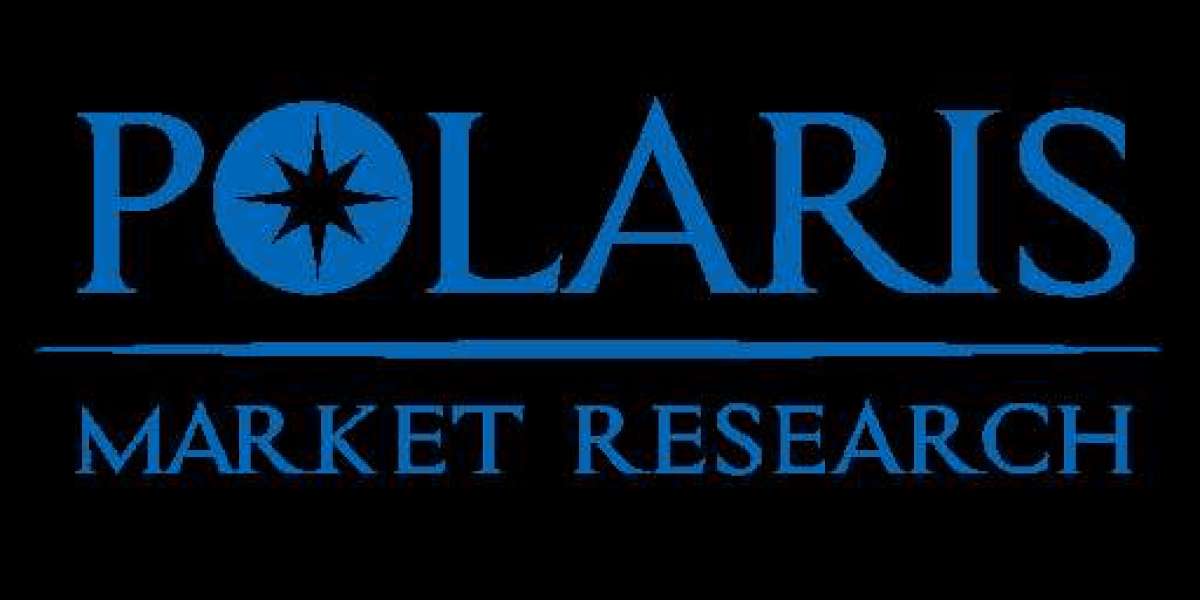The U.S. anti-aging products market, valued at USD 13.99 billion in 2024, is projected to grow at a compound annual growth rate of 6.6% from 2025 to 2034, driven by an aging population, rising consumer health awareness, and the convergence of dermatology with biotechnology. This market encompasses topical skincare (creams, serums, and lotions), oral supplements, and minimally invasive aesthetic treatments such as injectables and energy-based devices. While the U.S. remains the largest national market globally—accounting for over 30% of worldwide anti-aging product sales—its growth trajectory is deeply influenced by regional dynamics across Europe, Asia Pacific, and emerging markets, where divergent regulatory environments, cultural preferences, and supply chain configurations shape global competitiveness. North America, led by the United States, benefits from a mature dermatology sector, strong intellectual property protections, and a consumer base willing to invest in premium, science-backed formulations. The FDA’s oversight of over-the-counter (OTC) drugs and cosmetics, while less stringent than Europe’s, provides a balanced framework that encourages innovation while ensuring safety.
Europe presents a more regulated and ingredient-conscious landscape, where the EU Cosmetics Regulation (EC 1223/2009) mandates rigorous safety assessments, bans over 1,300 substances, and requires full ingredient transparency. Countries like Germany, France, and Sweden prioritize dermatologically tested, hypoallergenic, and eco-certified products, creating a high-trust, high-value market. French and Swiss skincare brands such as La Roche-Posay and La Prairie leverage decades of dermatological research and clinical validation to command premium pricing. The EU’s Green Claims Directive, expected in 2025, will further tighten restrictions on unsubstantiated anti-aging claims, pushing U.S. exporters to enhance their clinical evidence base. In contrast, the Asia Pacific region—particularly Japan, South Korea, and China—is a hotbed of innovation and consumer engagement. Japan’s “longevity society” and Korea’s K-beauty culture have institutionalized multi-step skincare regimens, with consumers adopting anti-aging products in their 20s as preventive care. Korean brands like Amorepacific and LG Household & Health Care dominate regional manufacturing trends, producing advanced delivery systems such as encapsulated retinoids and fermented peptides that are now being exported globally.
Read More @ https://www.polarismarketresearch.com/industry-analysis/us-anti-aging-products-market
Cross-border supply chains for active ingredients—such as hyaluronic acid (sourced from China and South Korea), niacinamide (India), and plant stem cells (Switzerland)—are critical to U.S. formulation efficacy. Geopolitical tensions, including U.S.-China trade restrictions and European carbon tariffs, are prompting American brands to diversify sourcing and invest in domestic biomanufacturing. Market penetration strategies in emerging economies increasingly involve e-commerce partnerships with platforms like Tmall, JD.com, and Amazon Global, where U.S.-branded products are marketed as premium, clinically validated solutions. Additionally, U.S. firms are localizing formulations—offering lighter textures for humid climates and herbal blends for traditional medicine-aligned markets—to improve cultural resonance and adoption.
The competitive landscape is dominated by diversified health and beauty conglomerates with strong R&D and distribution networks.
- Johnson & Johnson (Neutrogena, Aveeno)
- L’Oréal USA (La Roche-Posay, SkinCeuticals)
- Estée Lauder Companies (Clinique, Origins)
- Procter & Gamble (Olay)
- Unilever (Dove, Paula’s Choice)
- Allergan Aesthetics (Botox, Juvederm)
- Galderma (Restylane, Cetaphil)
- Shiseido Americas
These firms are leveraging regional manufacturing trends and cross-border supply chains to enhance scalability and brand equity. As market penetration strategies evolve toward digital engagement and scientific validation, the ability to deliver safe, efficacious, and culturally resonant products will define long-term leadership.
More Trending Latest Reports By Polaris Market Research:
North America Crop Protection Chemicals Market
Artificial Intelligence (Ai) In Food & Beverages Market








